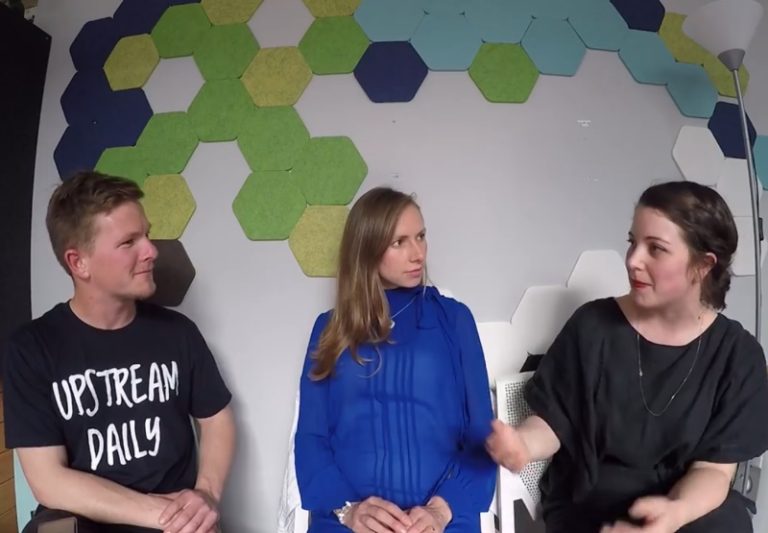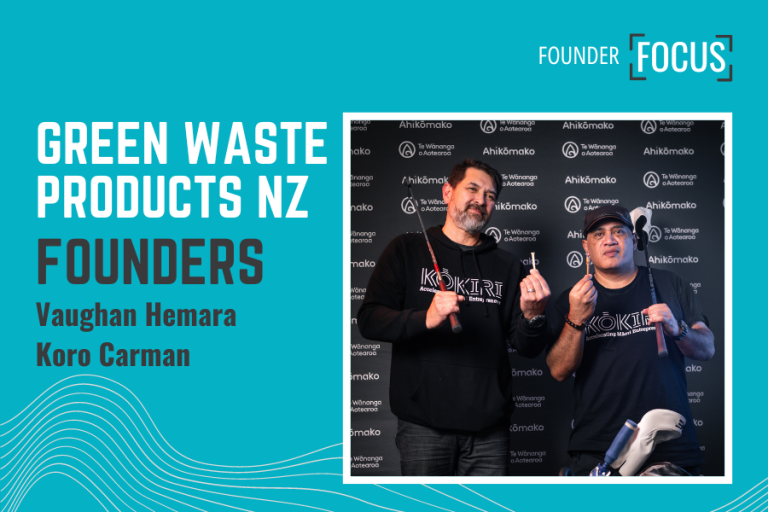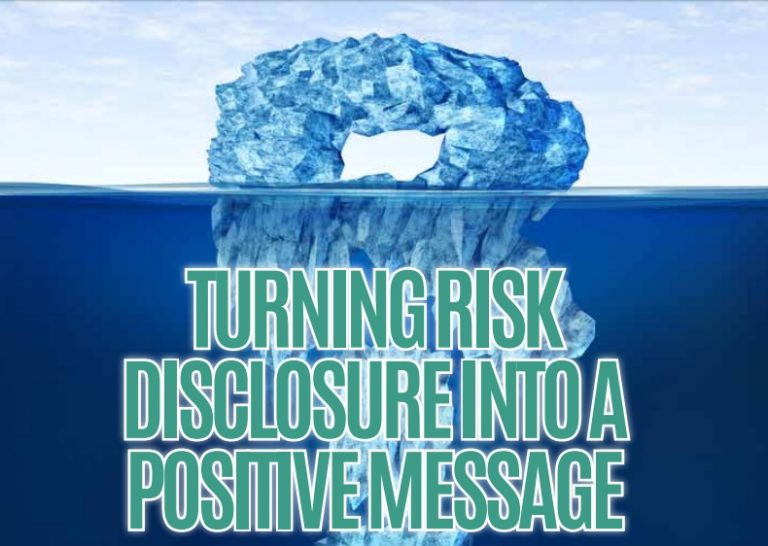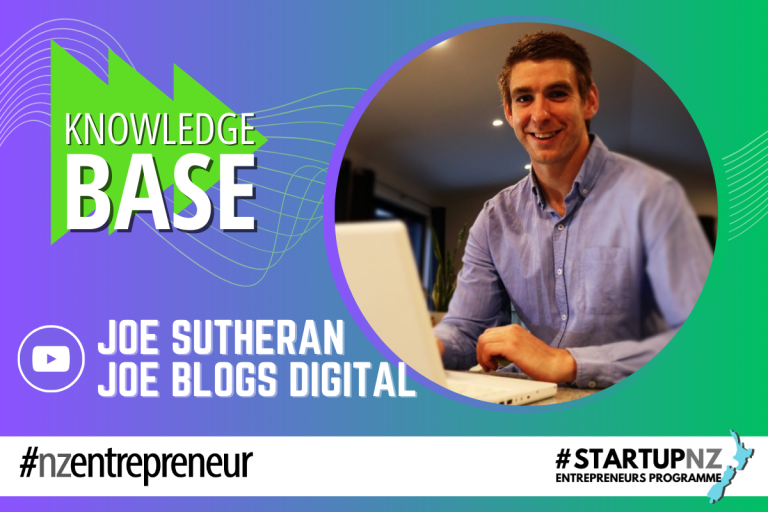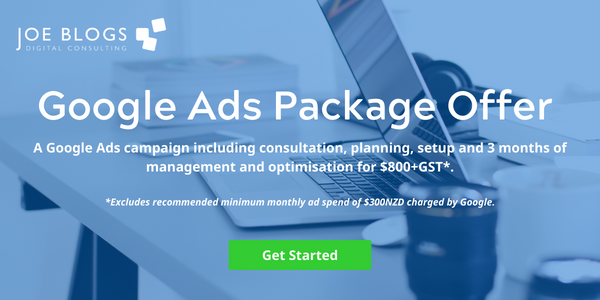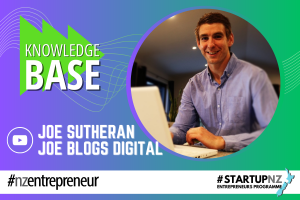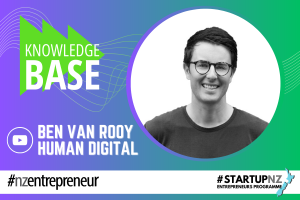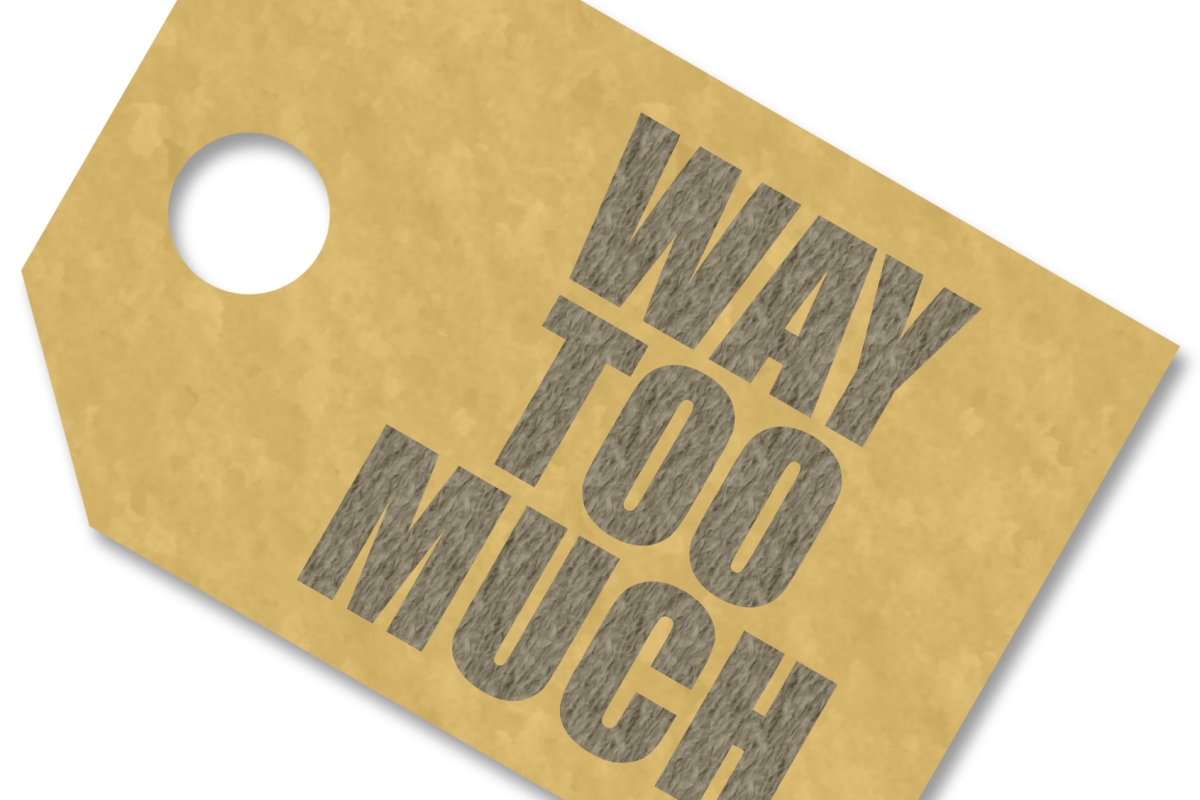
Being able to sell is an essential skill for all entrepreneurs and one of the most common problems I hear from entrepreneurs, is how to handle sales objections from the customer.
We asked sales expert Paul Newsom what entrepreneurs should do when a buyer raises an objection.
Well, the key point here is that if you’re getting lots of objections, you probably need to take a good hard look at the way you’re selling.
Entrepreneurs who concentrate all their efforts on pushing product features and benefits and trying to convince their prospects to buy, instead of getting their buy-in, can expect objections, and lots of them.
Part of the problem created by the sales industry itself is that traditional sales training has included so much material on objection handling and closing that salespeople are actually being trained for battle. It creates a mindset of preparing for sparring, and trying to win over the customer. Buyers expect it and are prepared for it.
But worn out myths such as, “Selling doesn’t start until the buyer says no,” must be condemned to the gallows if you are to succeed in developing any sort of sustainable relationship with a buyer. Buyers have changed the way they are buying and old school objection handling techniques have little effect.
When looking at how to deal with customer objections, I advise that you focus on fixing the cause, not the symptom. You, the salesperson are the cause, the symptom is the customer objection.
Here are four things you can do, to help prevent objections.
1) Understand how and why the customer buys.
Know the game that you are playing before you start. Selling starts by understanding the customer before you even talk to them. It continues throughout the sales cycle by finding out what it is that the customer values. You do this by asking questions.
Let’s be real, price will always be somewhere on the list of buyers criteria, but find out what all the decision criteria are, how they go about selecting suppliers and what their top suppliers do well.
Get agreement that you meet these criteria as you progress the sale.
2) Get better at qualifying that the prospect actually has the issue or problem that the your product or service fixes.
We call this “discovery” – to identify a valid business reason or establish relevancy.
The over eager sales person who focuses on selling product features and benefits too early in the conversation is sure to get objections. You are going to come up against resistance if the customer is thinking, ‘Sure, I could always go bigger, faster, better, but that’s not what I need right now – the cost of going bigger, faster or better is higher than the value it will provide to me.’ And all too often, also going through the buyers mind is, ‘This sales person has no understanding of my business, they are only concerned with their own interests, and I don’t trust them’. Of course they are going to object!
We often think we have lost a sale when in reality we should never have been selling there in the first place, because there was never a valid business reason to be talking to that customer!
3) Slow down for yellow lights, and stop for red lights.
This concept is covered really well in Mahan Khalsa’s excellent book, “Lets Get Real, The Demise of 20th Century Dysfunctional Selling and The Advent of Helping Clients Succeed”.
Khalsa says: “When you are driving along, particularly when you are anxious to arrive somewhere important, and you encounter a yellow light, what do you do? If you are like most people I know, you go faster. Unfortunately we use that same response with our clients. We hear something that concerns us, see a reaction that spells potential trouble, feel we are running into difficulty, and we speed up to avoid running into our own worst fears. Ultimately we are afraid the light will turn red. We don’t want to fail at a red light, so we speed up, hoping we’ll make it through. If we can’t slow down for yellow lights, it’s hard to get real.”
When selling, if you hit a yellow light, pass it to the customer and see whether it is going to change to red or to green. Ask the question, ‘If I understand this correctly (explain the situation as you see it) …so what should we do at this point?’ Eliminate the red lights (objections) before you get to them by slowing down for each yellow light.
4) Create an air of cooperation with the customer.
Be there to help the customer to buy, not to sell them something. Try to understand the world from their perspective. In their view, they will believe they are right, and you know what, they probably are.
Selling is something you do with people, not to people. That is, if you value the relationship and want repeat business anyway.
In summary, your biggest competitive advantage is you, the sales person, not your product or service. The secret to overcoming buyer resistance is to change the way you sell, not come up with more and better answers to handle objections.



